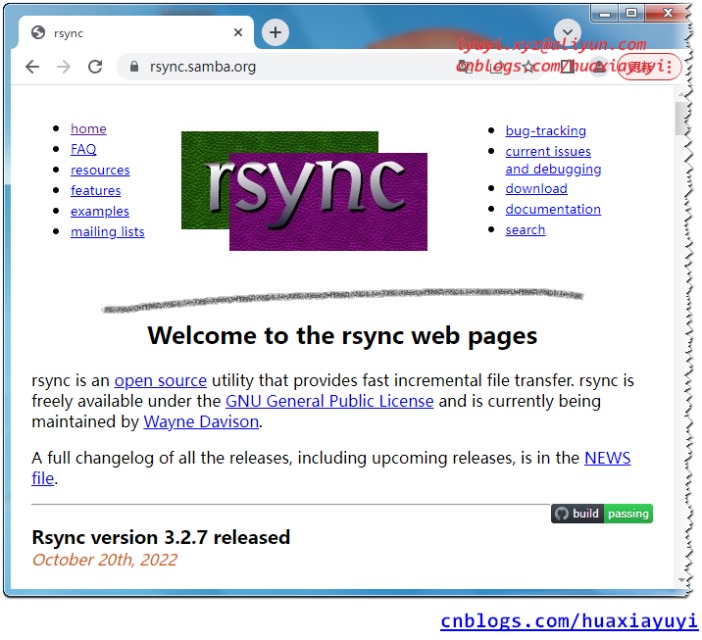DNS servers are liable for the mapping of domains to IP addresses. In essence, DNS propagation is the time required for DNS servers worldwide to replace their cached data for a domain name. When you update your DNS information – similar to to vary the IP addresses of your web server or nameservers – this change has to propagate throughout the entire web. Whereas it could take up to forty eight hours in rare cases, most DNS changes today propagate a lot sooner, often within a few hours and even minutes. The precise time is decided by the TTL settings of the old records and the caching insurance policies of ISPs worldwide.
Decrease Ttl Values Before Making Modifications
DNS adjustments ought to be mirrored virtually instantly on the DNS provider stage. If you don’t see the model new DNS adjustments after updating, contact your DNS supplier to make sure the modifications have been correctly applied. Unfortunately, there is not any reliable method for net hosts or service suppliers to pressure a DNS cache refresh. The greatest resolution is usually to simply wait, as the up to date data will usually propagate across the internet inside 48 hours. DNS Propagation refers to the time delay between when a DNS record is updated and when DNS servers worldwide refresh their caches to return the most up-to-date report. This process can take anywhere from a few seconds to over forty eight hospedagem mysql hours, relying on several factors.

2 DNS Caching
Understanding what DNS propagation is, why it happens, and how long it takes is crucial for web site house owners, directors, and anyone managing online assets. DNS, or the Area Name System, performs a important function within the administration of domains and subdomains. If a consumer initiates a search and reaches a system the place the change has not yet propagated, the person will obtain an old handle. DNS propagation is a mechanism to unfold new DNS document data all through the internet’s global network of DNS servers. When you replace your DNS settings, that information must be shared with all of the DNS servers around the world.
- Then, each DNS server with updated data starts propagating it to the DNS servers they are connected to.
- This delay happens as a result of web suppliers all over the world want time to refresh their methods.
- As you can see in the above screenshot, the change has propagated to several DNS servers in Brazil, Canada, and the Usa, but not but in Mexico.
- If TTL is low, modifications unfold sooner as a result of the data refreshes typically.
Warmy will provide real e-mail addresses from Gmail, Outlook — and really quickly, Yahoo— that may act as seeds for testing your e mail deliverability. Updating the DNS might take a while to propagate, hence the time period “DNS propagation.” If the conditions are appropriate, it shouldn’t take extraordinarily lengthy. For dependable domain registration, easy DNS administration, and hassle-free DNS propagation, visit DomainKing.ng right now. If you might be snug with command-line interfaces, you may also use tools like nslookup and dig to examine DNS-related info.



댓글을 남겨주세요
You must be logged in to post a comment.